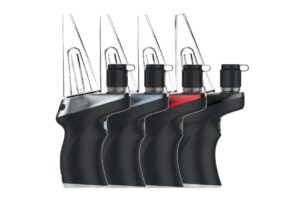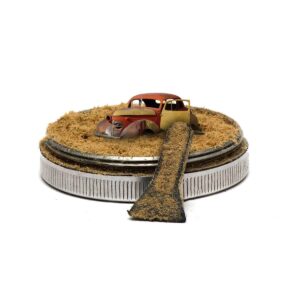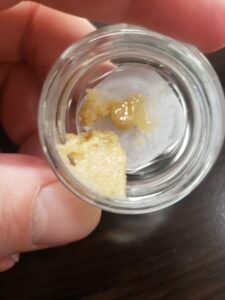Cannabis edibles are a popular way of enjoying the benefits of cannabis without the need to smoke it.
The process of decarboxylation ensures that the cannabinoids within your product are activated, turning the THCA and CBDA into THC and CBD that we associate many health and psychoactive properties.
In short, eating cannabis flower will not get you “high”. The THC and CBD we read about so much requires exposure to light heat over a long period of time, exposing the cannainoids we are after.
Now, eating cannabis isn’t the same as smoking it. Our bodies process the two differently upon intake, hence why the after experiences vary. When eating, the effect of cannabis takes far longer to kick in, yet the effects last far longer. Start low and go slow is the motto.
Keep in mind, edibles are not legal to sell or purchase within Canada as of yet. We are permitted however to cook and bake our own, with legally purchased cannabis.
Certain types of concentrates are decarboxylated out of the box, others still need to be activated. Two of the common recommendations are rosin, and distillate.
Rosin is created by squishing cannabis between two heated plates and a lot of pressure. Unfortunately, rosin isn’t completely activated and require additional exposure to heat to get the full benefits. Likewise, we are left with a terpene profile that might not agree with your dish.
The simplest way to add THC or CBD to any dish without compromising it’s flavor is distillate, a strong concentrate (90% +) which lacks a terpene profile. No terpenes means the flavor / aroma profile has been removed, and will not affect your foods taste or smell.
How to add distillate to any meal?
It’s simple.
Apply a drop (or drops depending upon your tolerance and the distillates strength) of distillate to any baking or dishes you create, and eat away.
Since the distillate has already been gone through the decarboxylation process, you’re ready to go. Avoid exposing your dish to excess heat which will reduce the strength of your end product.













